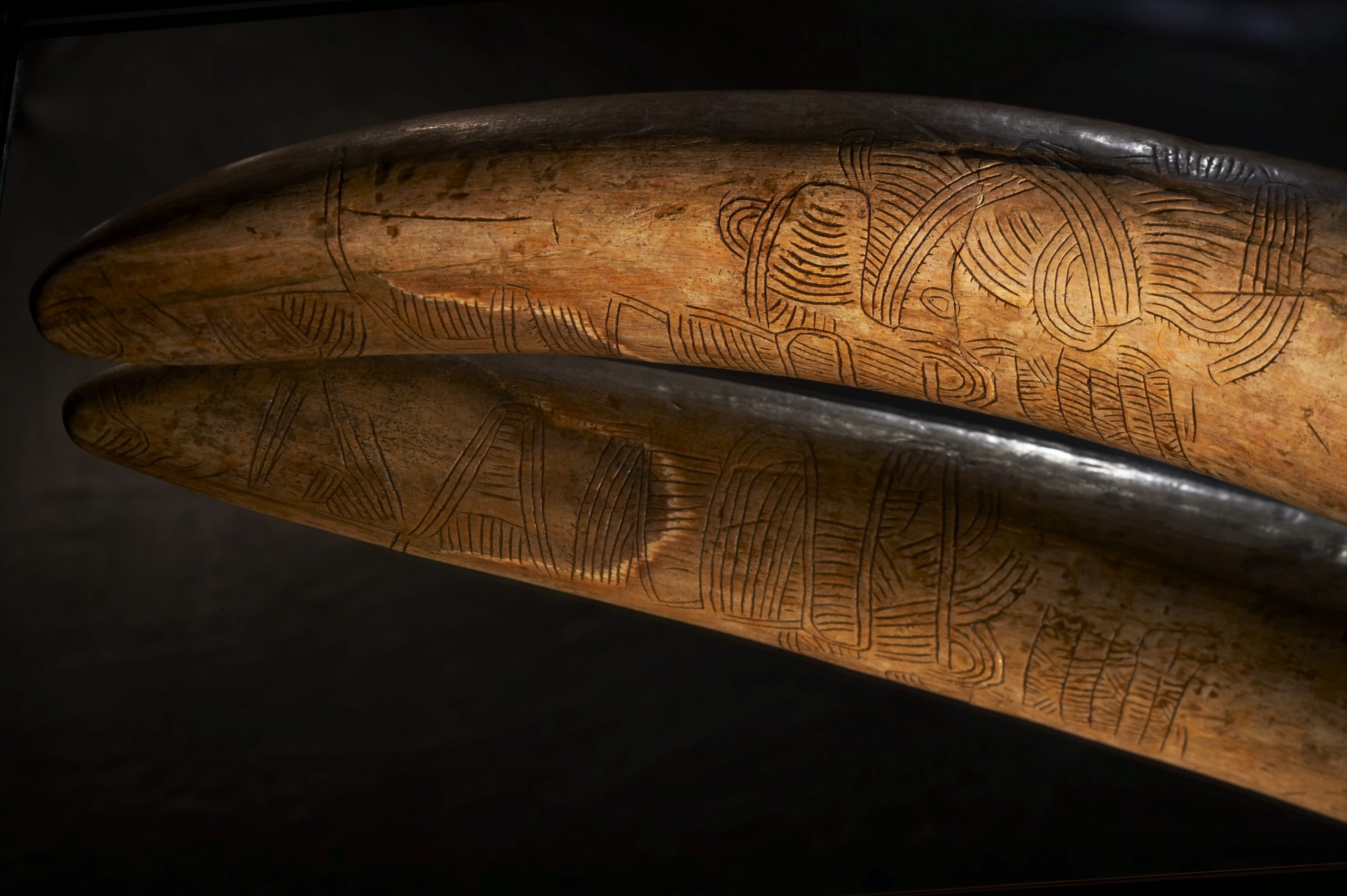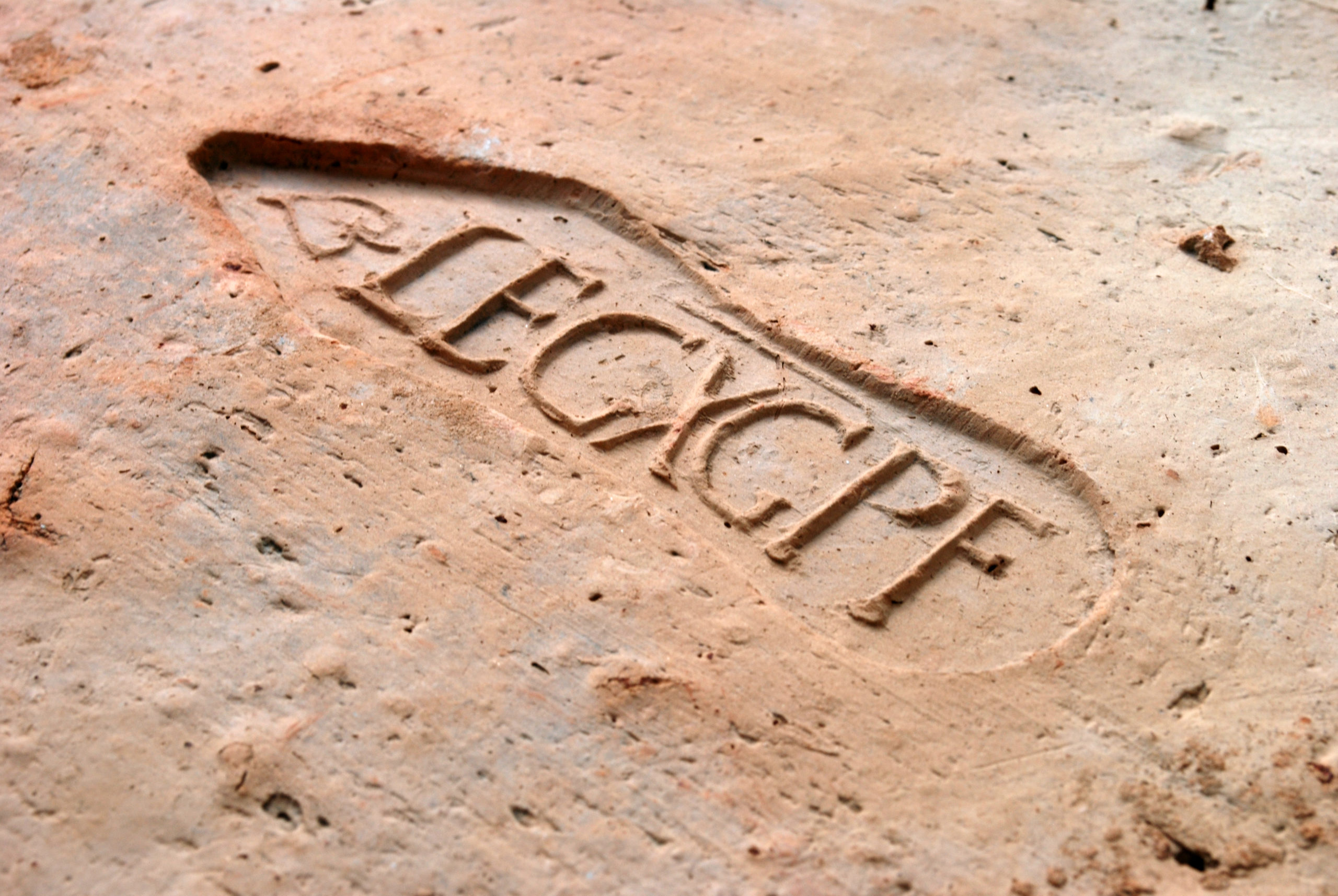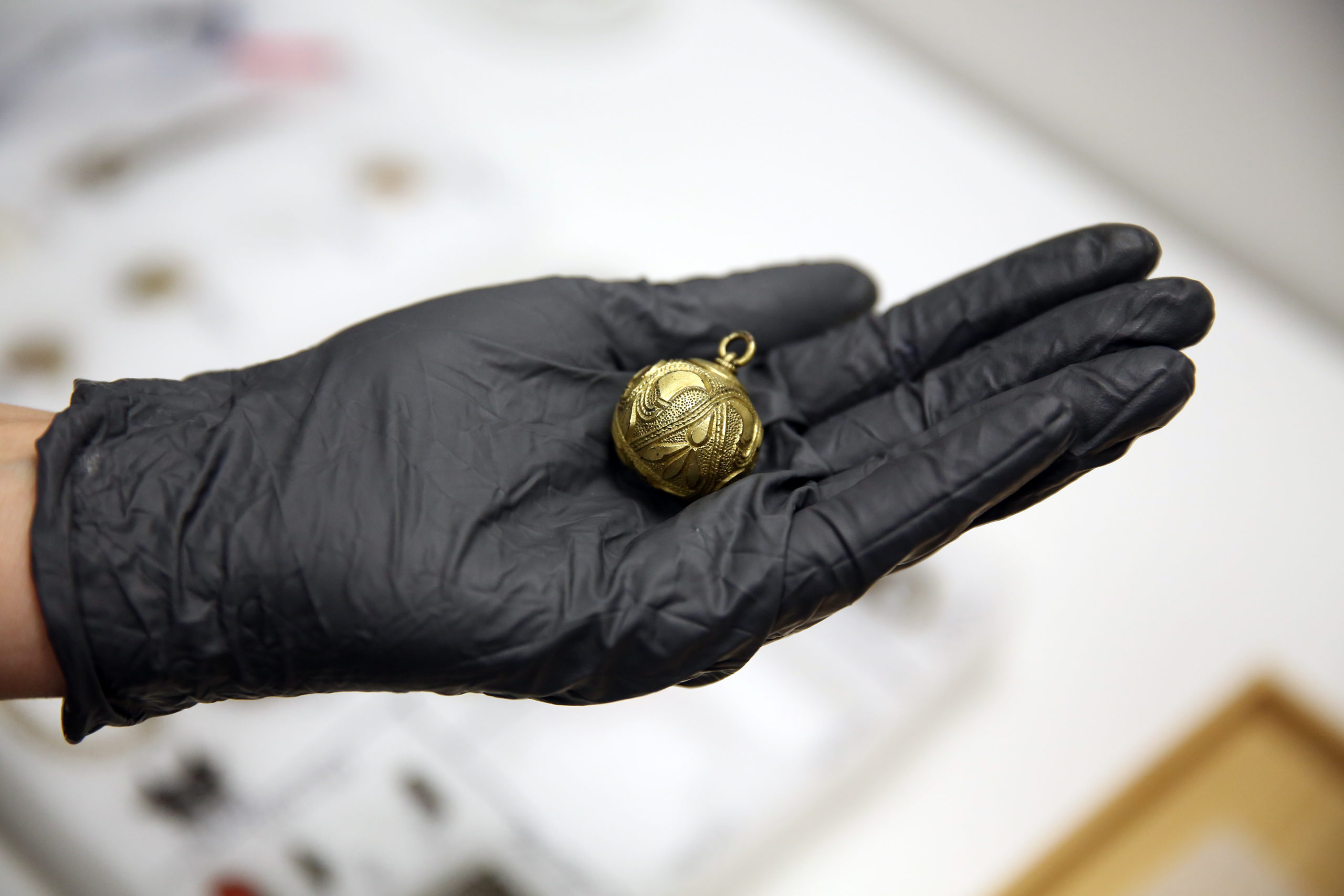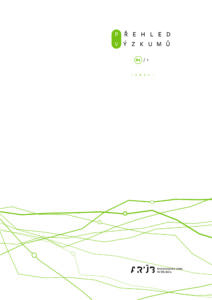Northern Moravia and Silesia branch – Opava workplace
At the Opava branch of ARÚB, we believe that each archaeological site, even one that yields minimum information, is worthy of professional attention. This enables us to make many valuable finds and acquire knowledge that contributes to resolving the complex issue of the development of human populations. We accumulate new knowledge about the past not only because we focus on rescue archaeological excavations but also on systematic scientific research. With each new find, we once again verify that the region of Czech Silesia (historically, the Principality of Opava/Duchy of Troppau and Těšín/Cieszyn/Teschen) and northeast Moravia is unusually rich with the archaeological record.
We have shown that life in the territory we focus on, which lies on the border of two major cultural spheres – the North European and Middle Danubian, between which the local development has oscillated – was even more dynamic than we presumed in many of the periods we studied, ranging from prehistory to the High Middle Ages. Evidence of occupation in the form of excavated settlements, burial grounds and fortified sites reveals that it was primarily the fertile Opava region that provided ideal conditions for living. Finds such as the “modern” rendered Venus figurine from Ostrava-Petřkovice carved from haematite, have become unique throughout the world. The early medieval 10th-century stronghold in Opava-Kylešovice was no less surprising. Along with other finds, it yielded one of the largest belt fitting assemblages in Central Europe, which confirmed the more extensive presence of the Vikings from Rus’, the so-called Varangians, in this country’s territory. This was at the time when the dominion of the Přemyslids of Bohemia was forming there, something that was previously difficult to imagine.
Our young team at the Opava branch uses the latest archaeological knowledge when conducting rescue and systematic excavations, relies on cutting-edge technology in the field (e.g., magnetometric surveys, aerial photography, multifunctional use of drones) and during the processing of finds, and works in line with modern trends in European archaeology. In the past, the Opava workplace became, in a way, a pioneer within ARÚB in the sphere of historical (medieval) archaeology, having assumed the complicated task of excavating the historical cores of medieval towns and cities. Similarly, we would like to become more widely known to both the professional and lay public in the near future by concentrating on another section of medieval studies – mining archaeology. We are convinced that our region is the ideal candidate for the research of mining works and other related phenomena, especially in the wider area of the Jeseníky Mountains.
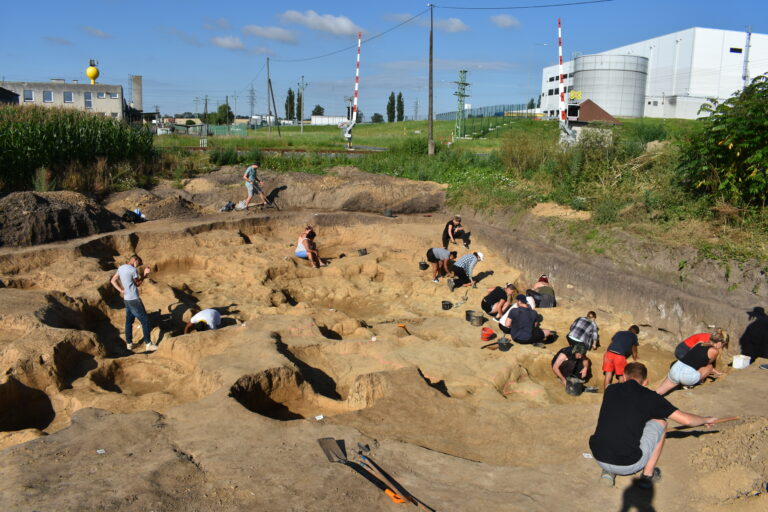
We take great care in documenting and preservation of the archaeological heritage of Czech Silesia and northern Moravia
Rescue excavation at an Eneolithic and Urnfield settlement in Opava-Vávrovice. Photo: P. Rataj
Fakta
Establishment of the branch
2003
Head of the branch
doc. PhDr. Pavel Kouřil, CSc.
Researchers and specialists
Mgr. Jana Gryc; Mgr. Kateřina Papáková, Ph.D.; Mgr. Iva Vondroušová; Mgr. Petr Rataj
Mission
The science-research workplace focuses on a period ranging from prehistory to the High Middle Ages in the territory of Czech Silesia and northeast Moravia. Its narrower specialisation covers selected topics for which the studied region provides optimal conditions. Examples include settlements of the Neolithic Linear Pottery culture, the Late Urnfield and Hallstatt material culture, the specific development of the northern periphery of the Great Moravian settlement and mining archaeology.
We uncover our past with precision, layer by layer
Rescue excavation of a medieval water management structure at the building site of the Jelení dry pond in Karlovice – Nové Purkartice (Bruntál District). Photo: I. Vondroušová
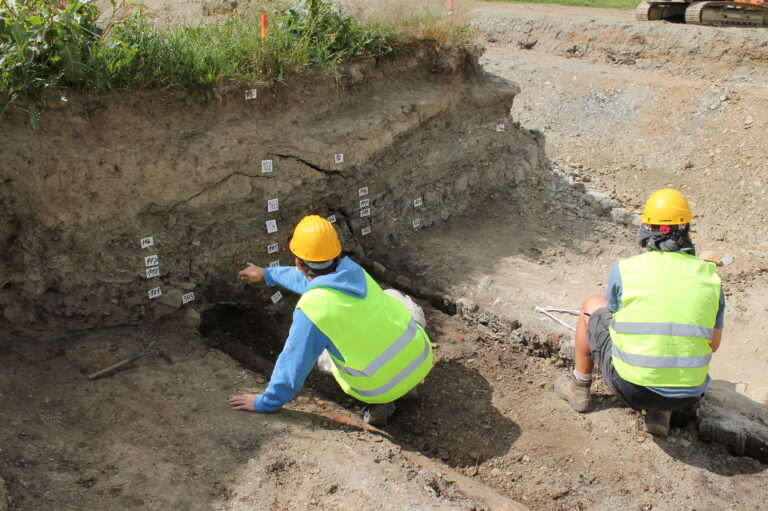
Development of the workplace, main subject areas
The Opava-based workplace of the Institute of Archaeology of the Czechoslovak Academy of Sciences was established in 1955 as a subsidiary of the Brno branch. After the establishment of an independent Brno-based institute in 1970, it became its integral part as a separate unit (on the level of a scientific department) conducting complex archaeological research in the territory of Silesia. The fundamental transformation of Czechoslovak and Czech science after 1989 included a considerable reduction in the number of staff in all categories, which also affected ARÚB in 1993. Somewhat hastily, its first casualty was the Opava-based workplace. Nevertheless, after a certain consolidation of Czech science, it turned out that such a decision was not a positive solution for ARÚB’s newly chosen concept and strategy and Czech archaeology as a whole. Therefore, the workplace’s activity resumed in 2003 in the form of a scientific-research base.
In line with the new concept, the branch focuses on selected phases of prehistory and the Early and High Middle Ages, while also undertaking key aspects of archaeological work, especially in the sphere of rescue activity. Territorially, it once again studies the region of Czech Silesia and northeast Moravia. The workplace, which has recently acquired its own separate building after 65 years of existence, contains the modern equipment required for implementing, documenting, laboratory processing and the academic assessment of its fieldwork. In the relatively short time of its modern existence, the Opava team of three archaeologists and two technicians has implemented dozens of archaeological projects, which in many cases were fundamentally important for the knowledge of the individual cultures and periods, not only within the regional framework but also in the wider Central European context.
The focus is primarily on the Neolithic and Eneolithic periods and the Lusatian Urnfield complex, which the Opava region is truly rich in; important finds also come from Roman Period sites. Finds related to the Migration Periods (fragments of Hunnic cauldrons) are exceptional, albeit not numerous. The discoveries of Slavic cemeteries, fortified settlements and open settlements have brought surprising findings. These prove Great Moravian intervention in these peripheral regions during the second half of the 9th century, as well as an engagement of foreign (eastern) elites in the development of the land in the following century. Surveys in the historical core of Opava and other towns have also brought positive results; increased attention has also been focused on minor medieval fortifications, the so-called small castles. This is reflected in the extensive publication activity, lectures for the public and the professional community and exhibition activities. In cooperation with other authorised archaeological organisations operating in the Moravian-Silesian Region, the workplace coordinates the activity of the Regional Archaeological Committee for the region. It closely collaborates with many museums, especially the Silesian Museum in Opava, and with other important regional players in terms of archaeology, including the museums in Český Těšín, Nový Jičín, Ostrava, Bruntál and Jeseník. The workplace also participates in archaeology lectures at the Silesian University and organises professional conferences, seminars and workshops.
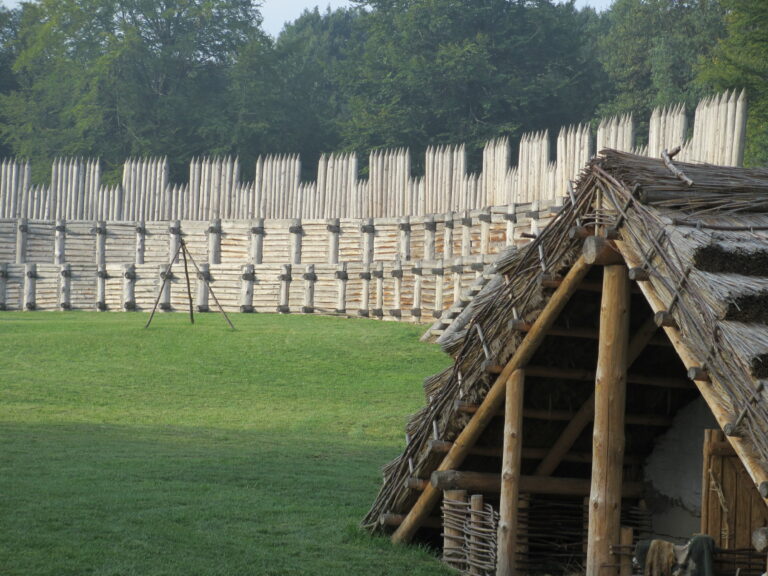
We cooperate with museums and other institutions in the region to popularise our research results
Archaeopark Chotěbuz-Podobora built by the Museum of the Těšín Region based on the results of our long-time fieldwork research at the site. Photo: L. Poláček

